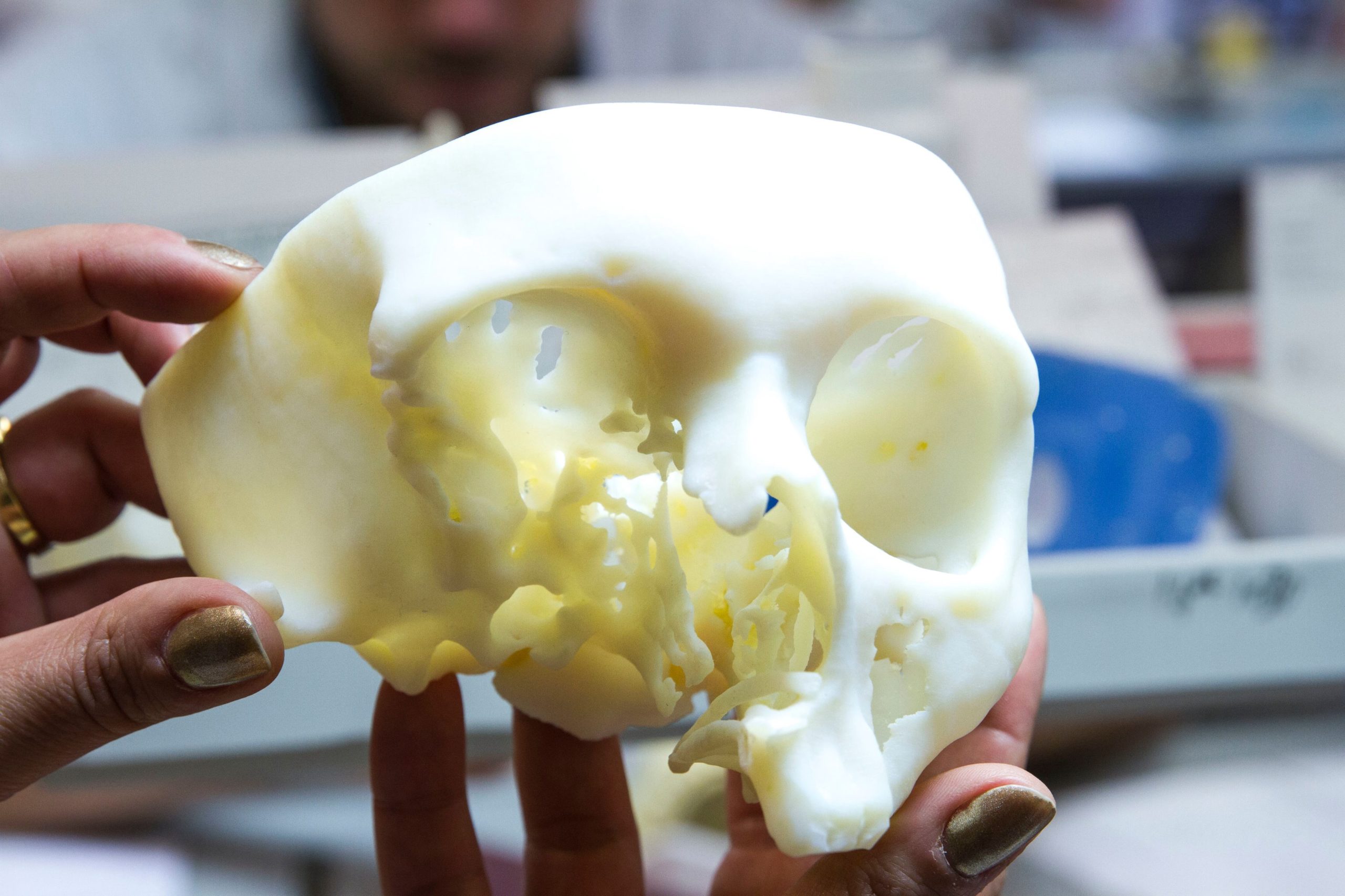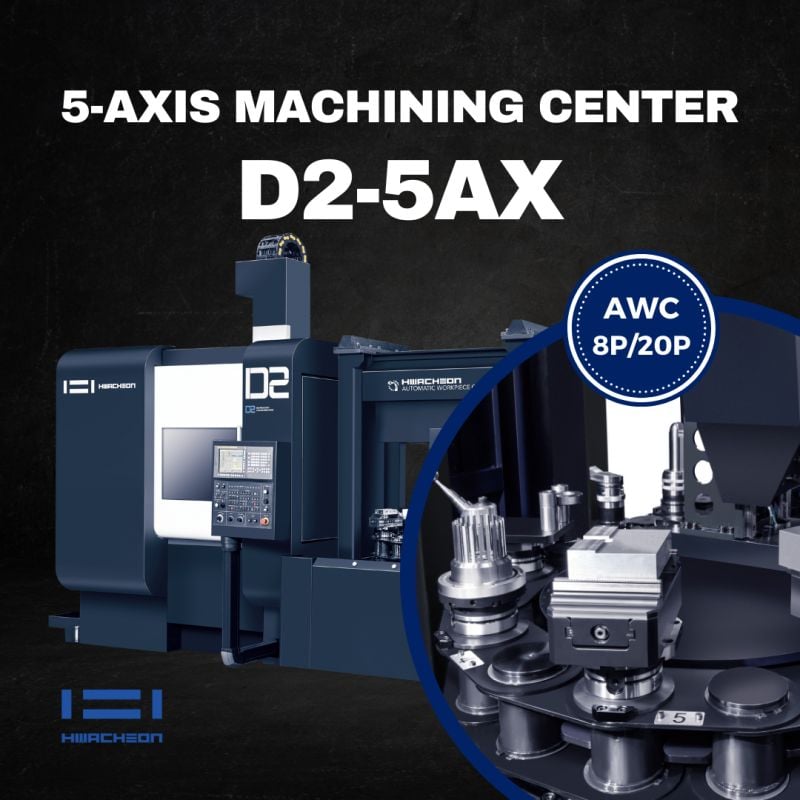
 Additive Manufacturing (AM) has provided previously unconceivable design freedom for the creation of complex freeform geometries that have traditionally been limited by the capabilities of conventional machine tools. This design freedom is currently allowing designers in fields such as biotechnology and medical engineering to follow a process called Design for AM (DfAM) to optimise existing production methods and incorporate revolutionary new features. Here, Younes Chahid takes a closer look at the impact 3D printing is having on the evolution of the medical industry.
Additive Manufacturing (AM) has provided previously unconceivable design freedom for the creation of complex freeform geometries that have traditionally been limited by the capabilities of conventional machine tools. This design freedom is currently allowing designers in fields such as biotechnology and medical engineering to follow a process called Design for AM (DfAM) to optimise existing production methods and incorporate revolutionary new features. Here, Younes Chahid takes a closer look at the impact 3D printing is having on the evolution of the medical industry.
The recent increase in the use of advanced techniques such as X-Ray computed tomography (XCT) or other medical imaging tools that are being combined with AM has led to a sharp increase in the development of applications that include different custom fit products for the benefit of patients. Some of these applications include:
- l Anatomical models: These can be replicas of the patient’s soft tissue or bones captured by medical imaging techniques as seen above in Figure A. They can be additively manufactured to be used by surgeons as guides for better planning of treatment and surgical operations.
- l Custom implant designs: Instead of the traditionally handmade designs from anatomical models or standard size implants, medical imaging techniques are again used to reverse engineer the patient’s bone model to help develop bespoke designs that are custom-fitted to work better for the patient as seen in Figure B.
- l Custom surgery guides: Using the anatomical models mentioned above, the operating team can better simulate the whole procedure before the surgery and further design/3D print custom instruments, surgical guides or custom tools as seen in Figure C.
 When designing hip or dental implants, natural human bones are usually used as a reference due to their extremely high optimisation that is shaped by millions of years of evolution. Along similar lines, AM has been heavily used in biomimetic approaches to try and replicate the similar porous structures existing in the human body trabecular bone tissue – as found at the end of long bones like the femur.
When designing hip or dental implants, natural human bones are usually used as a reference due to their extremely high optimisation that is shaped by millions of years of evolution. Along similar lines, AM has been heavily used in biomimetic approaches to try and replicate the similar porous structures existing in the human body trabecular bone tissue – as found at the end of long bones like the femur.
Of course, designers don’t have millions of years to wait to develop optimised designs. Fortunately, advanced software can be used to simulate various loads and operating constraints to test designs and add or remove material where it is most beneficial. It should come as no surprise that designs created by this method look almost organic in structure, with modern engineering accomplishing in hours what would take millennia in nature.
Having control over the implant lattice structure design or topology optimisation tools opens the door for engineers to take conventionally heavy titanium implants and make them lighter – even incorporating properties that are closer to the human bone structure as seen above.
The advantages of having more design freedom in the design of medical implants include:
 l Reduction of stress shielding: When a conventional fully solid titanium hip implant takes the whole load without distributing it to the lower bones, the latter weakens and suffers from bone resorption. Using a porous design with closer properties to human bone allows for improved stress distribution and reduction of the stress shielding effect.
l Reduction of stress shielding: When a conventional fully solid titanium hip implant takes the whole load without distributing it to the lower bones, the latter weakens and suffers from bone resorption. Using a porous design with closer properties to human bone allows for improved stress distribution and reduction of the stress shielding effect.- l Porous surface: Imitating human bone porosity using lattices assists bone fixation and locking as well as facilitating bone ingrowth in some instances.
- l Custom surface roughness: Instead of adding a custom surface roughness with minimal control, recent research has been looking at designing and 3D printing implants with custom surfaces with different functions to support post-processes like plasma spray coatings. These offer several potential benefits such as reducing bacterial adhesion.
 With more than 160,000 hip replacement operations in the UK every year as well as hundreds of thousands of other bone structure procedures being undertaken – the advancements in AM and its ability to improve stress distribution, bone fixation and ingrowth as well as the potential to reduce bacterial adhesion has far-reaching benefits for patients, their recovery process and post-operation quality of life. Furthermore, the benefits for the NHS could also be far-reaching with shorter post-operation recovery times increasing patient and bed capacity.
With more than 160,000 hip replacement operations in the UK every year as well as hundreds of thousands of other bone structure procedures being undertaken – the advancements in AM and its ability to improve stress distribution, bone fixation and ingrowth as well as the potential to reduce bacterial adhesion has far-reaching benefits for patients, their recovery process and post-operation quality of life. Furthermore, the benefits for the NHS could also be far-reaching with shorter post-operation recovery times increasing patient and bed capacity.
 Finally, this increase in design freedom has led to new challenges. For instance, parts with internal features are substantially more complex to inspect, requiring further research into the optimum metrology strategy to determine product quality. This forms a significant portion of my doctoral programme and I am currently researching the use of volume analysis methods on AM implants or lattices to assess their build quality as seen in the below diagram.
Finally, this increase in design freedom has led to new challenges. For instance, parts with internal features are substantially more complex to inspect, requiring further research into the optimum metrology strategy to determine product quality. This forms a significant portion of my doctoral programme and I am currently researching the use of volume analysis methods on AM implants or lattices to assess their build quality as seen in the below diagram.
Another aspect of my research has been looking at including the expected surface roughness in the design stage before the manufacturing stage for improved design validation. This work was recently published in the Journal of Additive Manufacture under the title “Parametrically designed surface topography on CAD models of additively manufactured lattice structures for improved design validation”.

